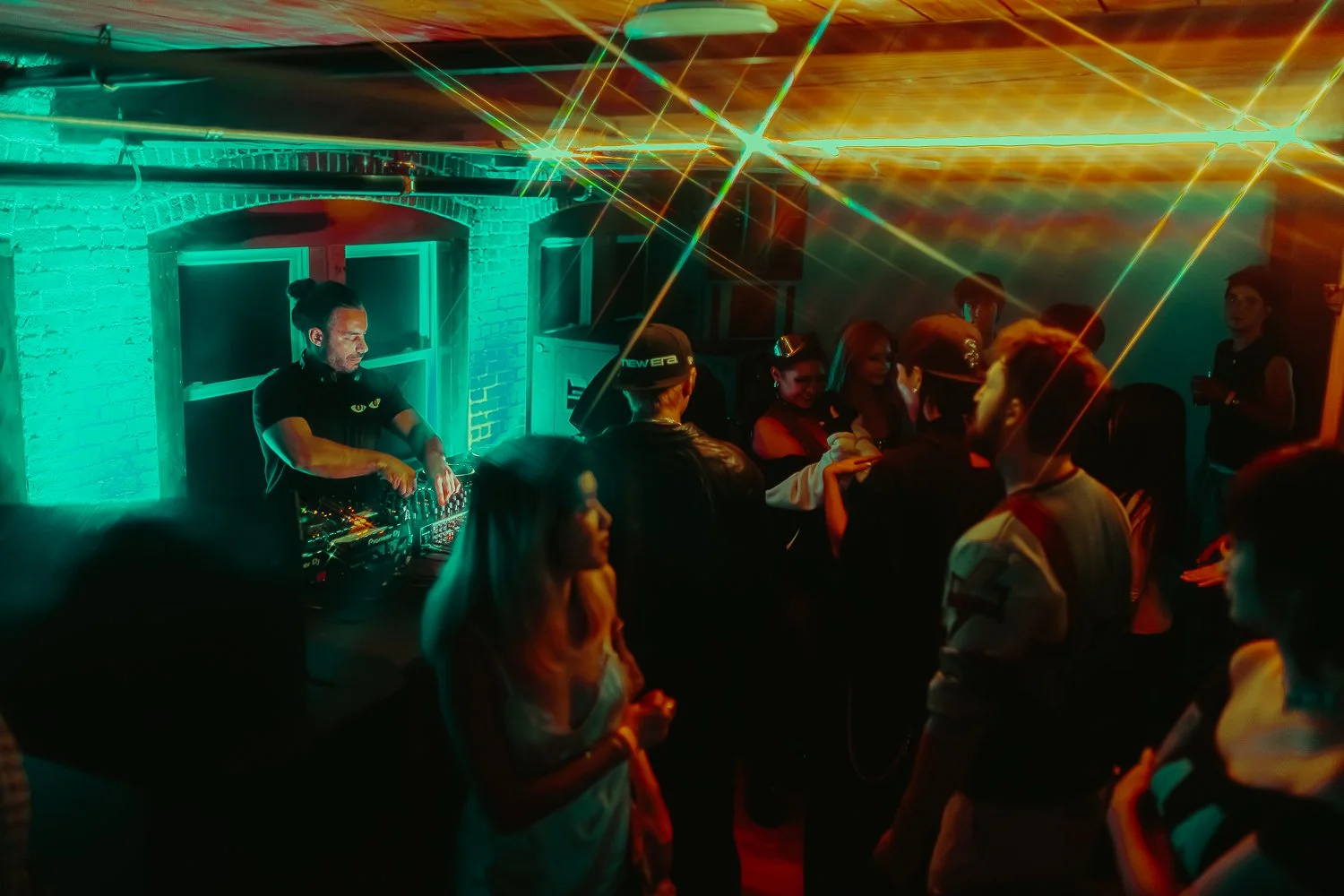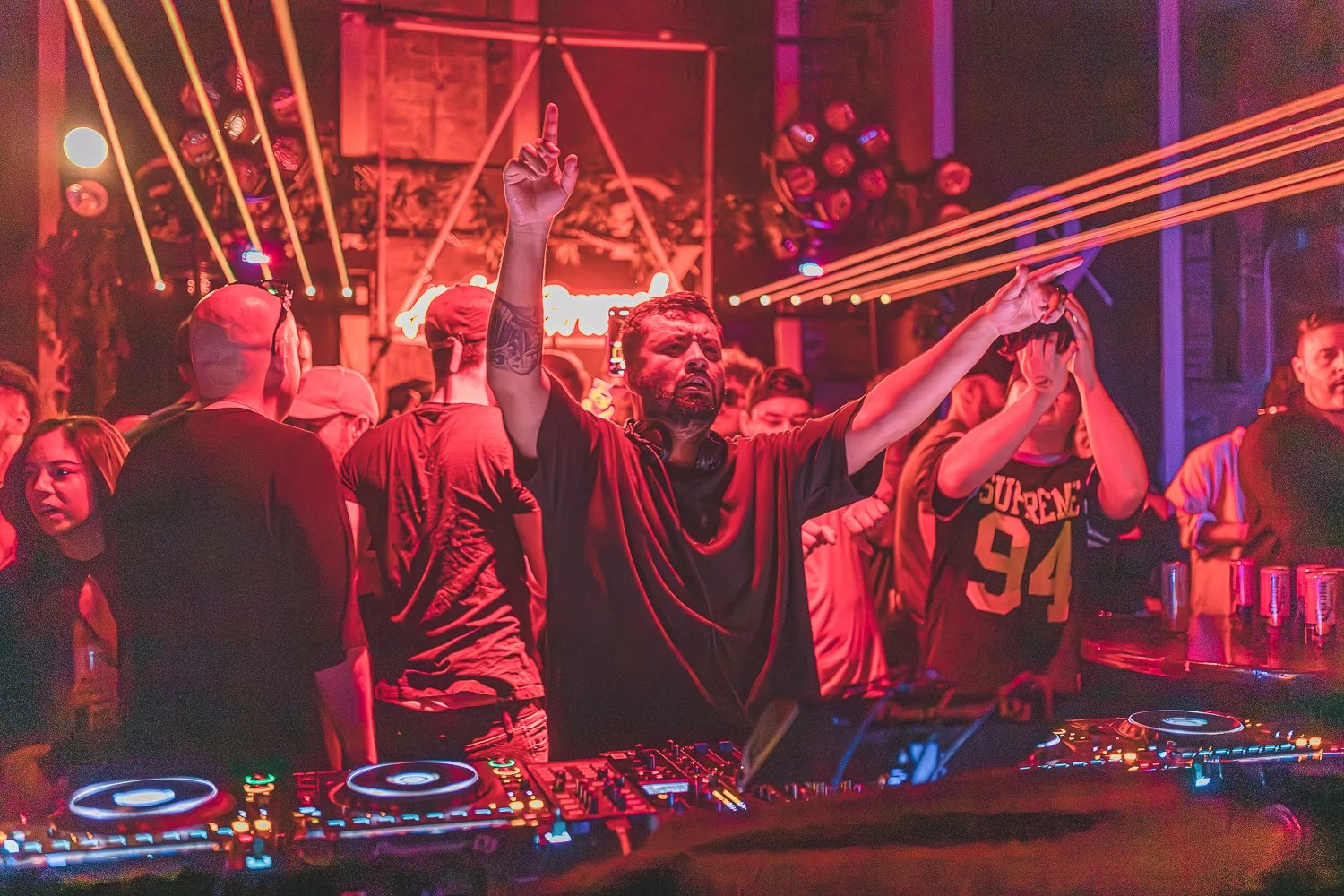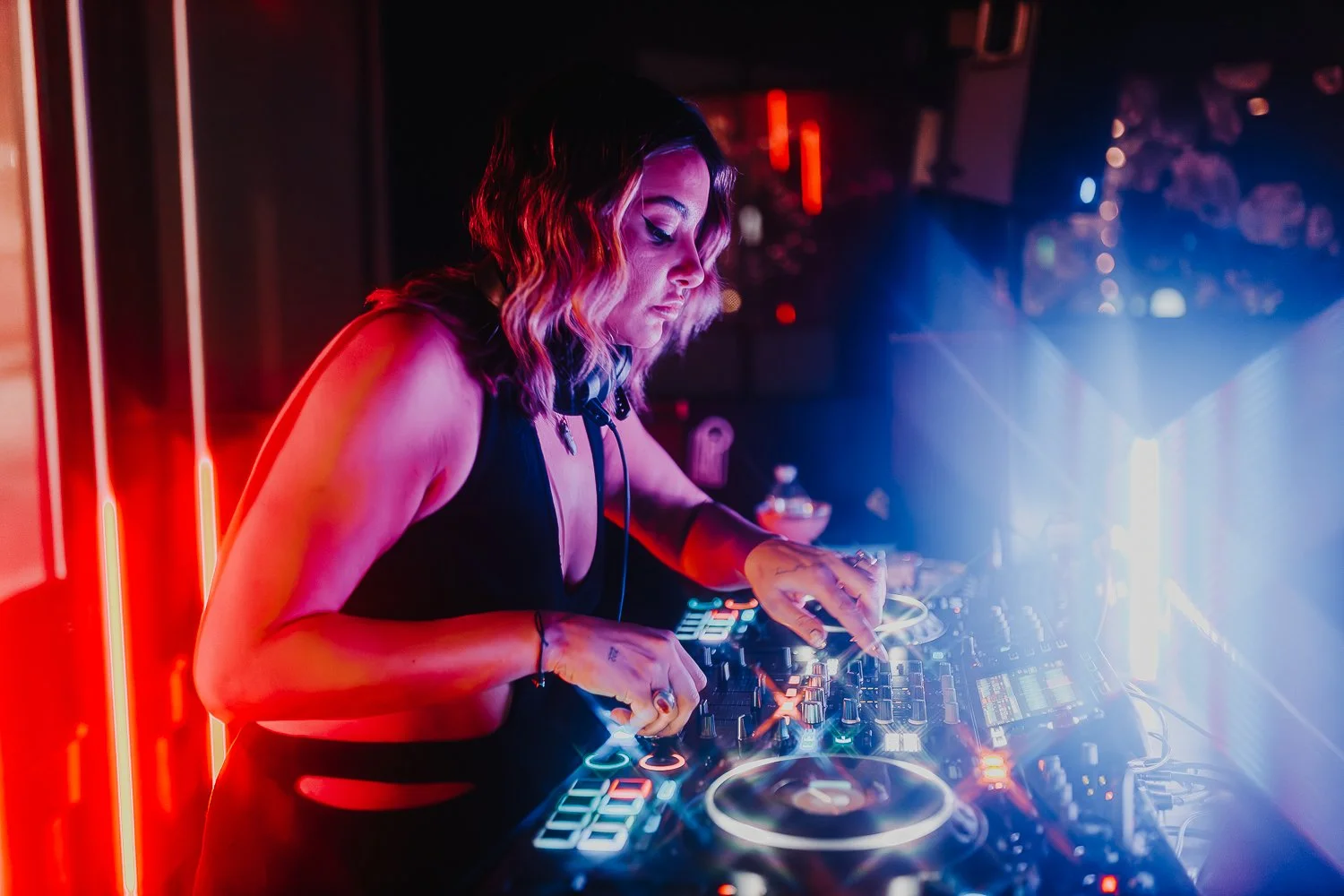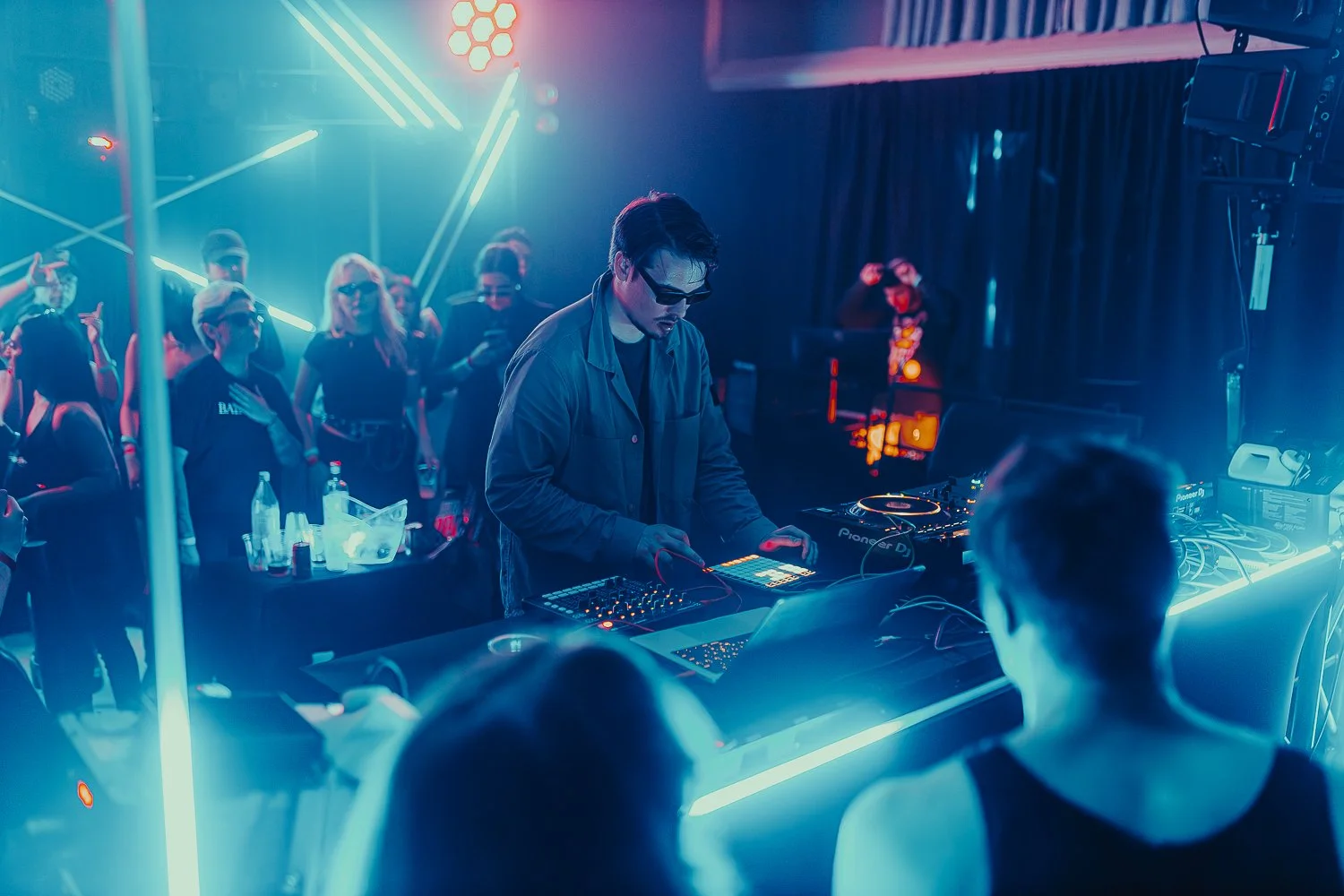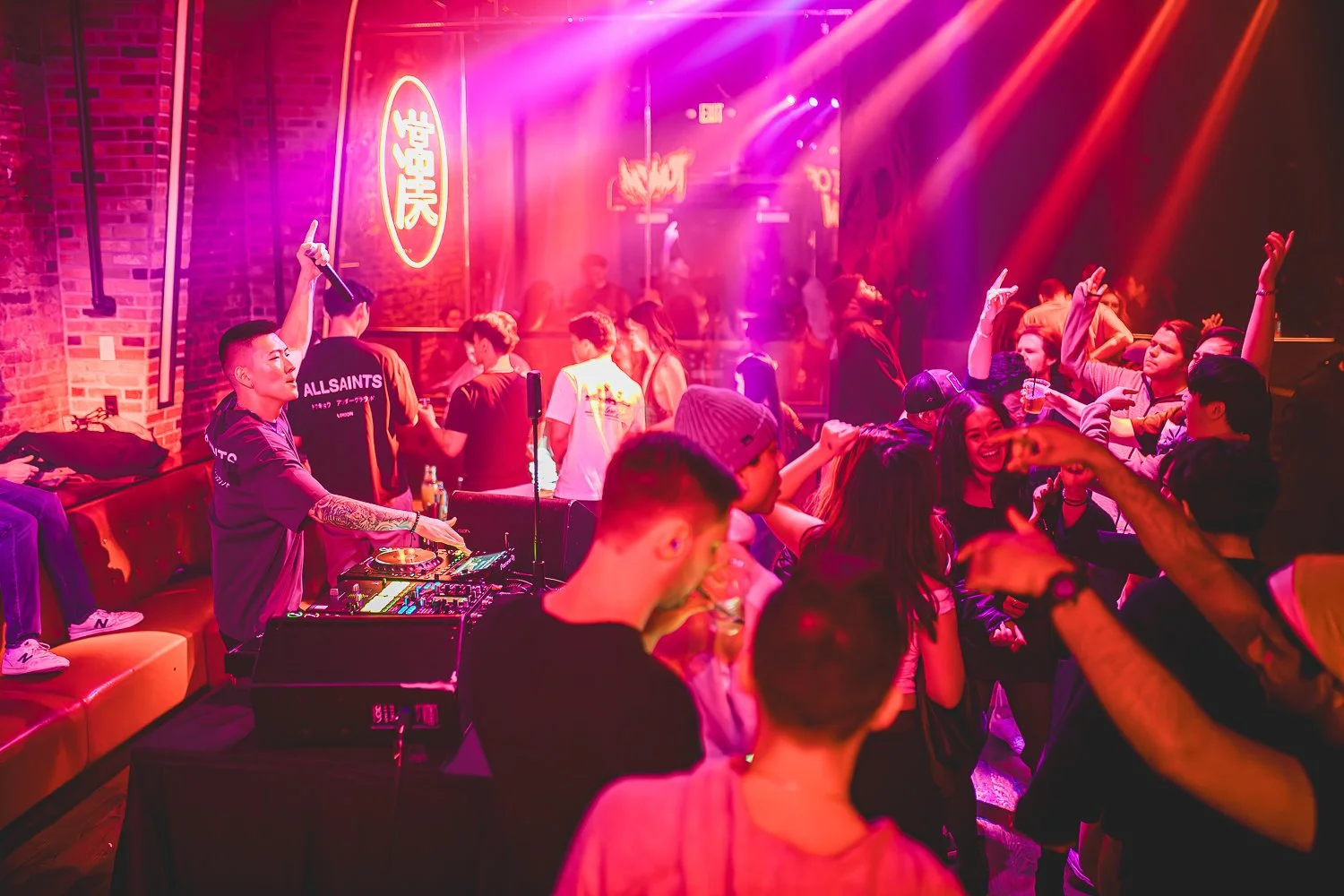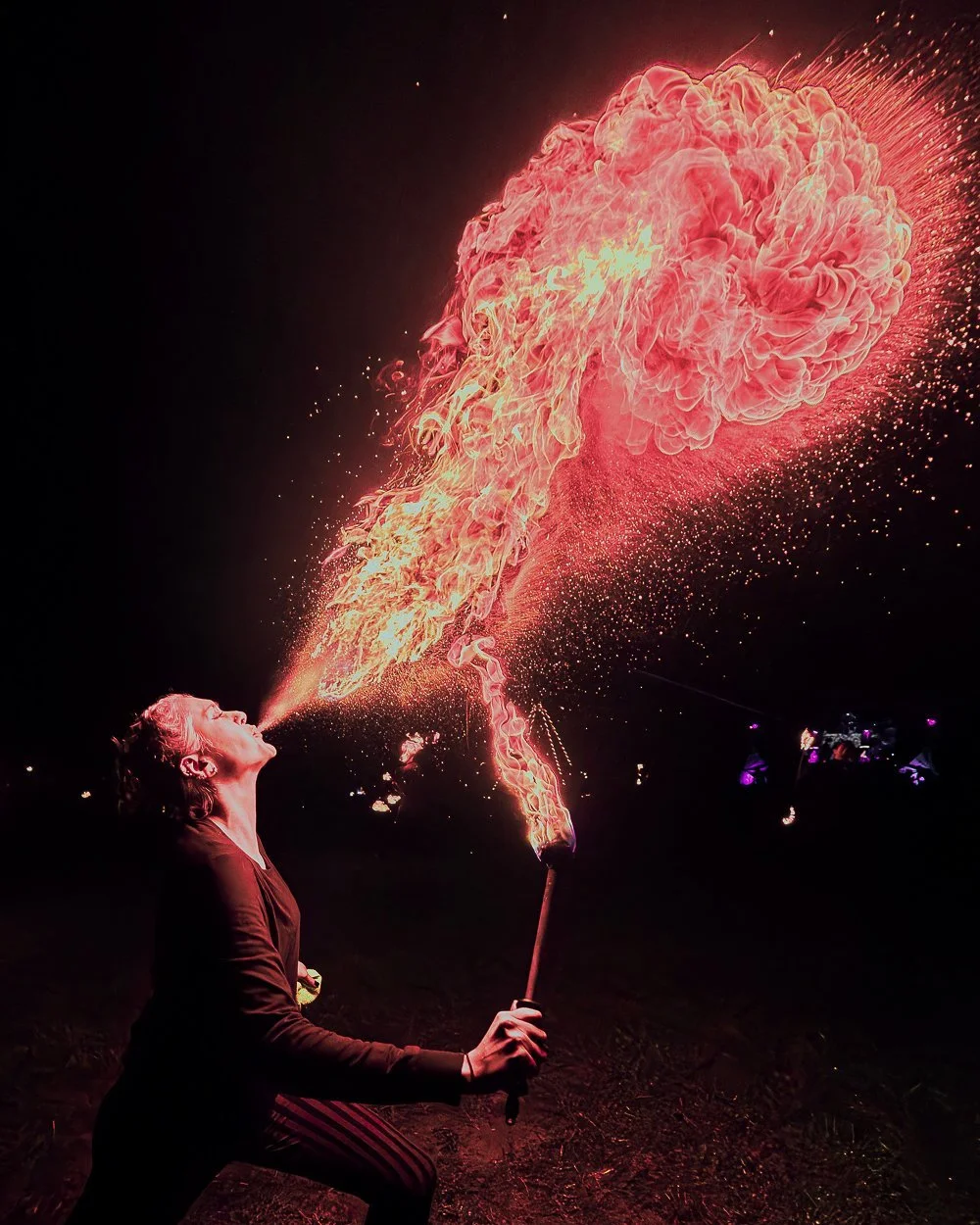On October 2nd I got invited to photograph a night in Providence that was hosting an underground event called After.PVD. Overall I enjoyed it, but the night went from a decent number of people to slow. Apparently, that’s been the consistent theme with the past events. The following Monday I was invited to a meeting, heard what everyone said and I jumped in. They don’t have a set marketing plan, but they have set up things like an IG page, a Posh link and a Square link (for payment) so there is a foundation there. So I took on the role of marketer, on top of content creator. The main reason I decided on this is I wanted a more prominent nightlife scene in Providence that wasn’t strictly Spanish/hip hop with hookah etc.
We get the flyer ready to go, and we publicly announce. One of the guys knows an illustrator and this is what we come up with, this was also posted as a motion ad, where the background flickers and you see a lightning strike:
The short -term gameplan is to build up these nights, 18+ to get more bodies through the door and notoriety from the local community, and in turn, get people to be part of the community. My concern with the date is that we will be competing with other events happening on that day, there isn’t much I can do to mitigate that though. Next, I started putting together a short reel with the footage I captured that night. Generally, and this isn’t supposed to make fun of anyone, you need to make the AD stupid-proof for the general public. Get to the point and get to the point fast as hell. We came up with a couple of variations but settled on this below:
Not bad at all for a first video ad. The crew wanted to make it overall with a darker feel, and more mysterious. Personally, if people are paying for this event, I’d rather them see more of what’s going on so patrons are more likely to pay. Either way, I made this live as an ad and posted it as a Reel ad/Story ad/ and a feed post.
Let me tell you, the traction was literally INSANE. When creating the ad structure, you need to think “Who would be interested in purchasing tickets to this?” In this case, students all the way to people my age would be down, so I put that in as an age range. Next, I labelled both Men and Women, because why not. Lastly, students live either in and/or around the college they go to, so I gave it about a 10-mile radius to target. I was given about a $150 budget to work with, and I used about $105 of it. Here are the results:
*Benchmarks aggregated from recent Meta/Instagram AD reports for entertainment & ticketed events, 2025.
Unfortunately, the only metrics I can’t get is from when the patron goes from AD view to membership payment. My tracking stops when they go to the Posh link, essentially seeing if I’m properly targeting the right audience of people that are interested, not necessarily membership buyers. In a perfect world having that additional information. I can accurately gather if the problem lies in the amount to pay, or if the ad simply sucks.
Some key takeaways:
✅ Winner: Flyer — Double the CTR and half the CPC vs. Video Reel.
📈 Interpretation: Static visuals communicate faster; reels lost engagement before message delivery.
Strategic Insights & Action Steps
• CTR is 5× higher than typical Instagram averages.
• CPC is 4–6× cheaper — strong audience resonance.
• Reach & Frequency indicate efficient exposure without oversaturation.
• Reels need stronger hooks; flyers outperform for clarity.
1) Scale spend toward best performing target demographic; build lookalike audiences.
2) Rework Reels with bold hooks, 6–10s edits max, and crowd visuals.
3) Refresh creatives every 7–10 days (avoid frequency >3).
4) A/B test placements (Feed vs Stories vs Reels).
5) Add UTM tracking to confirm sales conversion.
The results? WE SOLD OUT THE EVENT 9 DAYS IN ADVANCE. Listen, the work doesn’t stop there. I now pushed everyone involved with the event to transition to a WhatsApp community, the location of the event gets posted there the day-of. The WhatsApp community can be found in our IG bio, and on the Posh link. There’s a community chat and an announcements section. Due to the limited capacity of the space we were getting flooded of people asking for extra tickets or even door tickets, which at the time we couldn’t provide and personally I wasn’t expecting such crazy traction. By the day of the event, we reached 150 people currently on the WhatsApp chat. Lastly, thanks to the ads we grew our IG follower count from about 200 to 660 people, with 3k profile visits and nearly 50k views. The event also held artwork, a decorated interior space to fit the theme, alongside a sculpture of a monster hand with extra fingers, where the palm was a seat that people could sit on and take photos.
Things I have done/plan on doing for future events:
- Information I’ve received on Posh, like Instagram usernames have been sent a private link to the next event through DM, telling them thank you for their support and we wanted to notify them first. Telling them not to share it (which they will with their friends, and that’s fine)
- Since those people have in the very least interest in the events, I have also put those people under ”close friends” on IG. I can now market any discounts via stories to them and are likely to be purchasers.
- The night of the event, a poster was put up on the wall promoting the next event along with a QR code. Those are the individuals that will know about the next event first and foremost.
- With the demographics report I have, I’m pushing for female promoters to get more girls through the door. It’s currently not a problem, though I can see it very quickly being male dominated with how the trajectory looks so I want that handled before it turns into an issue.
- Door memberships will be next as well for additional profit. The crowd tapered off at 2AM so we could have fit more individuals there, though early on it was crazy.
- Consistent posting on our IG will keep costs down and it will keep eyeballs on the event. I was unfortunately was booked somewhere else different for the event, but once I get the content I’ll be scheduling posts.
- As long as there’s no major conflicts with the event date for competing nights, I plan on doing targeted ads in Boston next. If a well-known artist is scheduled to show up, I’m better off using that ad-spend toward our local crowd instead. If I was a patron I’d rather see a bigger artist personally. We did have some traction with Boston people so it’s something I should at least consider.
- Lastly, this is a long term thing, once we have a dedicated community, I’m thinking about doing Merch. For example, simple merch we can sell year round, and specific merch drops where we use a RISD artist/student (Rhode Island School of Design) they can illustrate something that also fits the theme of the group/event, split the profits, and we essentially get free marketing on a street level. These merch drops would be a one time thing.





